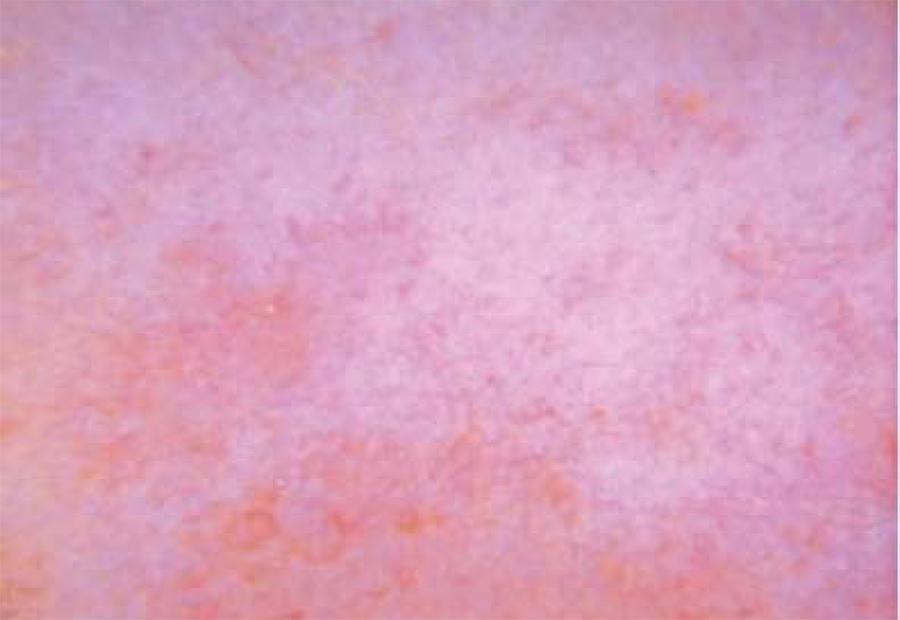Melasma is a chronic acquired hypermelanosis of the skin, characterized by irregular brown macules symmetrically distributed on sun-exposed areas of the body, particularly on the face. It is a common cause of demand for dermatological care that affects mainly women (especially during the menacme), and more pigmented phenotypes (Fitzpatrick skin types III-V). Due to its frequent facial involvement, the disease has an impact on the quality of life of patients. Its pathogeny is not yet completely understood, although there are some known triggering factors such as sun exposure, pregnancy, sexual hormones, inflammatory processes of the skin, use of cosmetics, steroids, and photosensitizing drugs. There is also a clear genetic predisposition, since over 40% of patients reported having relatives affected with the disease. In this manuscript, the authors discuss the main clinical and epidemiological aspects of melasma.
Contraceptives; Oral contraceptives; Pregnancy; Hormones; Gonadal steroid hormones; Melanosis; Pigmentation; Skin pigmentation; Ultraviolet rays; Pigmentation disorders




